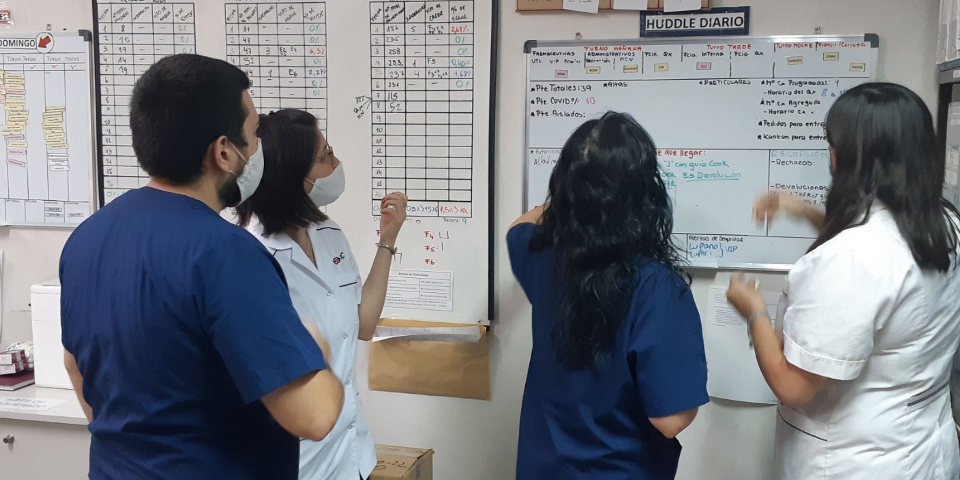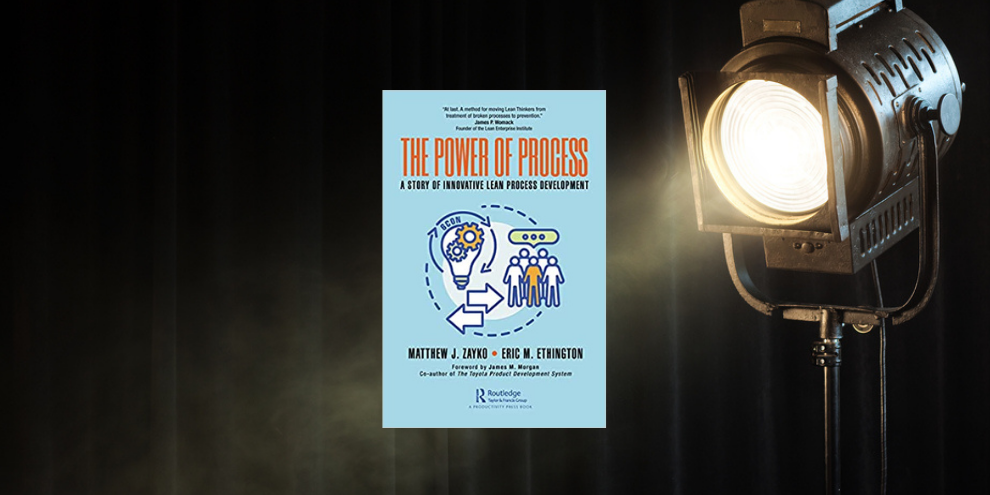
How to use lean UX principles
INTERVIEW - In our search for the perfect solution, we often seem to ignore the user's needs. Jeff Gothelf explains why this is nonsense and what lies at the heart of the Lean UX software development methodology.
Interviewee: Jeff Gothelf - agile practitioner, user experience specialist and author
Planet Lean: What is the problem that Lean UX tries to solve?
Jeff Gothelf: I think the objective of Lean UX has evolved over the years. When we set out, we wanted design to work in a more agile way, changing the common perception that this phase in a software development project is a sort of box in which requirements enter from one end and magically come out of the other as beautiful shiny designs.
Today we are also taking principles of design that have worked for years and we are applying them to the entire software development process: for example, we advocate for putting the customer at the center of the conversation, use their feedback to improve our products, and treating ideas as iterations.
The main focus for Lean UX today is on customer centricity, evidence-based decision making, and on ensuring that design is an integrated component in the creation of software. This reflects the idea that what makes losers and winners in today’s software world is the ability to provide good experiences that solve real problems for customers.
PL: How does Lean UX relate to traditional lean principles?
JG: The remit of Lean UX builds on the humble, iterative approach lean is characterized by: we can’t see the future, we don’t know exactly where we are headed, so we are going to work in small steps to mitigate risks on our way to certainty.
I think there is a direct correlation between Lean UX and lean principles: to begin with, the main goal of Lean UX is to take waste out of the design process.
We have our own version of inventory, too, which takes the form of a backlog of untested hypotheses. If we look at our world from the lens of hypotheses, every one we have not tested increases our risk.
In Lean UX we also talk a lot about cross-functional collaboration, which reduces waste and mitigates the related risks.
PL: In many ways, lean already has customer centricity at its core - is there a risk that people get confused as they try to understand what Lean UX brings to the table?
JG: Lean provides the inspiration for a lot of the principles of Lean UX, but it is sad to see how actually a lot of companies - in the software world and beyond - don’t work in a lean way. They instead dictate solutions to their customers and expect them to adopt those solutions.
It’s a cultural shift that has to take place – we need to solve the customer’s problems, but before that we need to ensure that there is in fact a problem to solve. The user experience must be the core of our observation.
I’ll give you an example: I did some work last year for an organization providing a Saas service for angel investors in the United States that allows them to manage their deal flow. There are thousands of these investors and, sure, they need to manage their flow of deals. However, more careful analysis told us that they tend to work on one to five projects a year, which means that for them email and Excel work just fine. Customers simply did not value the solution!
This is exactly the sort of thing we need to avoid if we are to make sure we don’t invest too much in solutions that have no chance of working.
PL: How has software changed in the past few years and what’s lacking in our response to this change?
JG: Software has become continuous, which means that we are now capable of deploying it very quickly. For instance, Amazon Web Services deploys new code every 11.6 seconds! This ability gives us the opportunity to have an ongoing conversation with the marketplace and to get almost real-time insight from actual users. This is a tremendous advantage: all of a sudden we can sense and hopefully respond to customer feedback very quickly.
Unfortunately, most organizations use this capability to simply push new code out, as opposed to test what they have already deployed. That is, I think, what many organizations are doing wrong. And it is also what Lean UX hopes to fix.
Until a few years ago, people used to consume software in a very different way. It came in a box, inside a CD-ROM, and the timeframe to get feedback was at least 12 months. Today, we can deploy code continuously. Imagine we are deploying software once a week: every five days we would get direct feedback and insight. Chinese electronics company Xiaomi, for example, uses that weekly feedback to re-adapt the hardware on its phones, not even just its software!
Reacting to insight and adjusting the course accordingly is a very difficult thing to do, but can lead to great rewards.
PL: We have Lean UX, Lean Startup, Lean Software Development… what do you think makes lean so appealing?
JG: I think it is risk mitigation. People often mistake lean and even agile for nothing more than faster shipping of a product to market, but I think it’s also faster learning, which in turn helps you to build more successful products, schools, services, whatever it is that you do. I think that’s what is appealing.
The challenge we face is to reconcile the mentality coming out of MBA programs with lean principles. At the front line and middle management levels there is a huge desire to work this way, which will convince leadership to eventually acquiesce and allow this to happen.
THE INTERVIEWEE

Read more


CASE STUDY – This hospital in Argentina has leveraged the power of Lean Thinking to greatly enhance patient care, even in the pandemic, and receive internationally renowned accreditations.


FEATURE – Using the Japanese tradition of daruma dolls as an example, the author explains how to turn continuous improvement into concrete challenges – and, from that, real competitive advantage.


INTERVIEW – The authors of the new book The Power of Process debunk some of the most common myths about lean process development.


FEATURE – Nobody understands humans as well as humans do, and Jidoka is the key to learning about your customers and create ever-better products and services.

